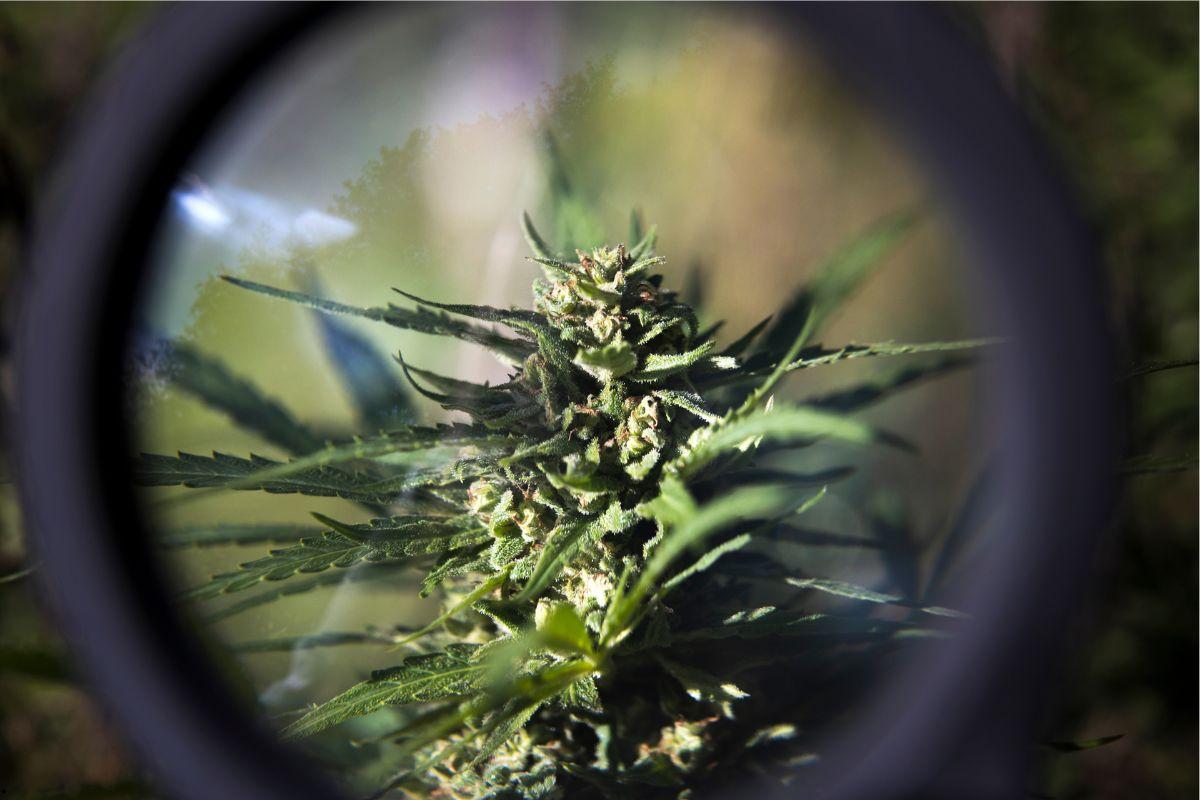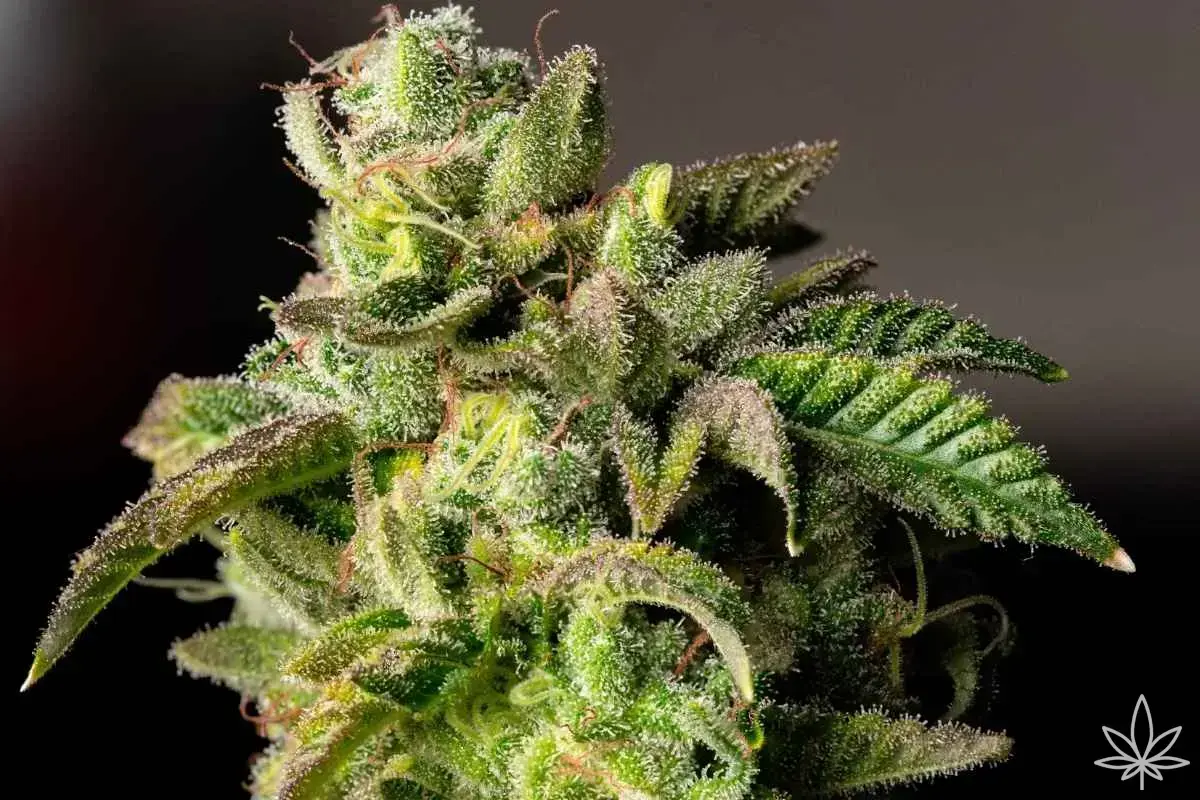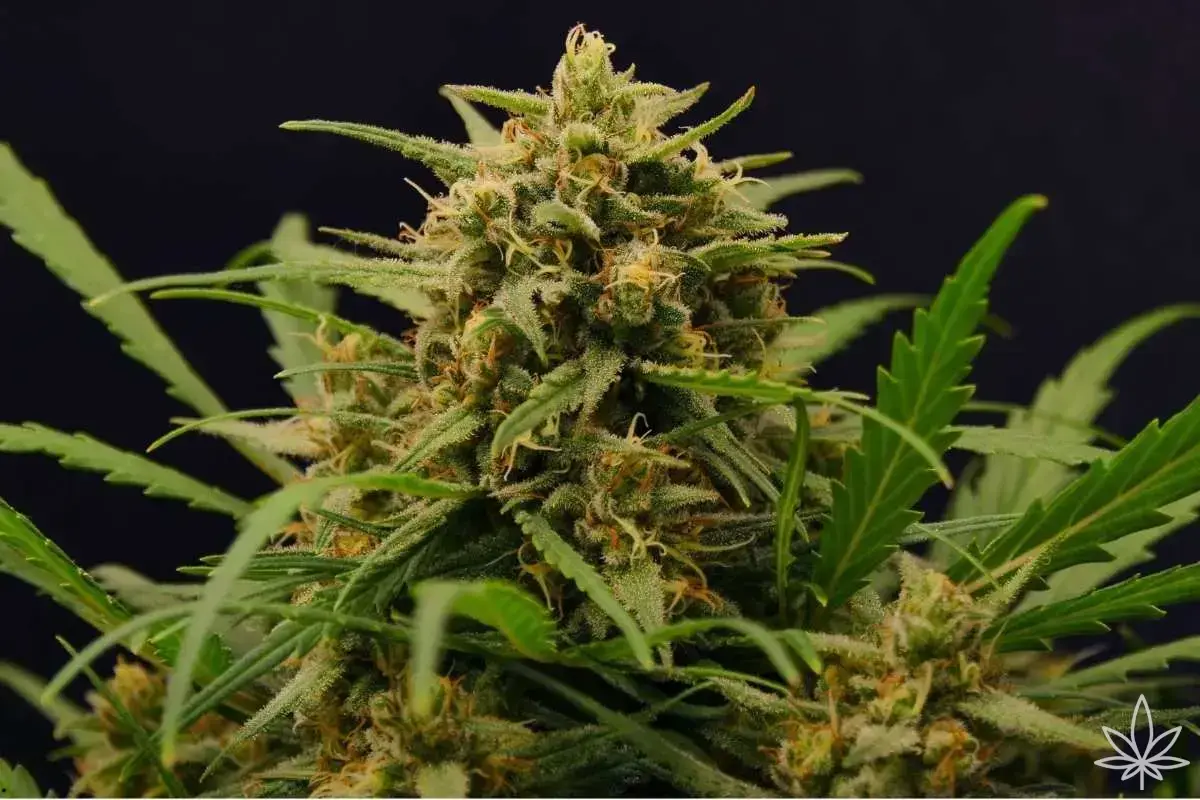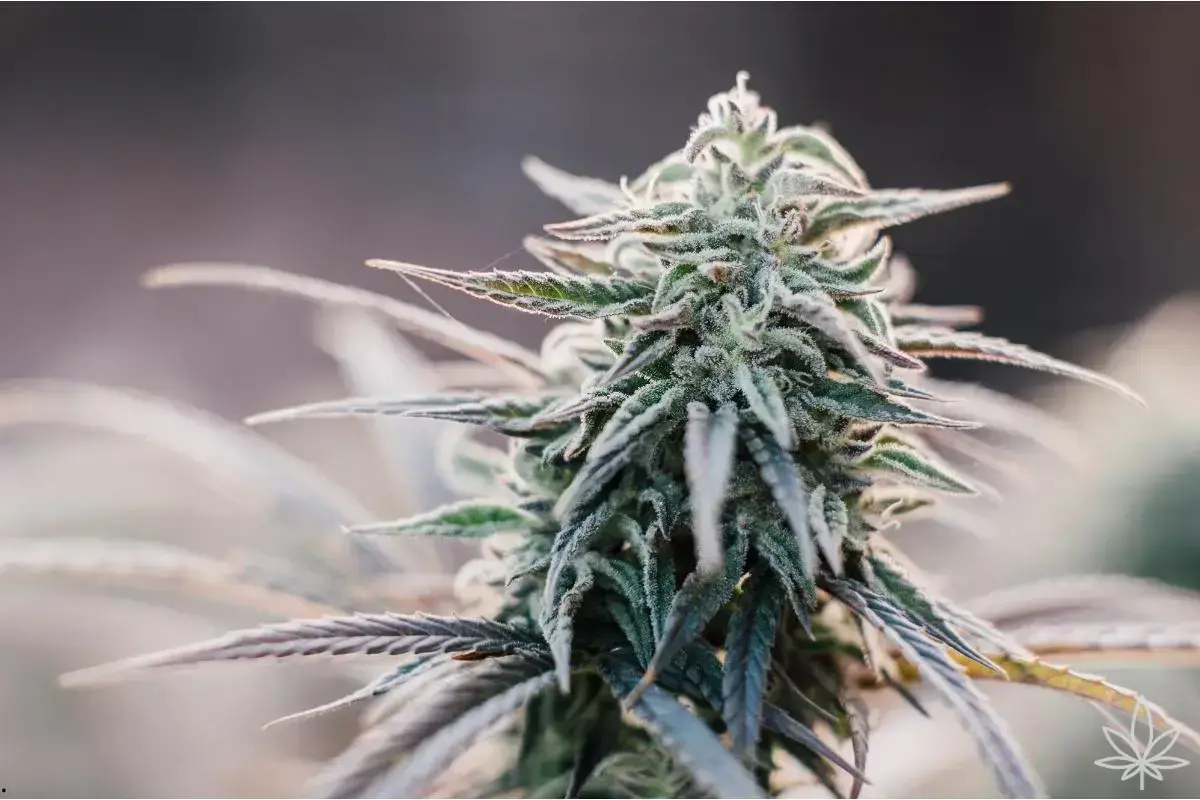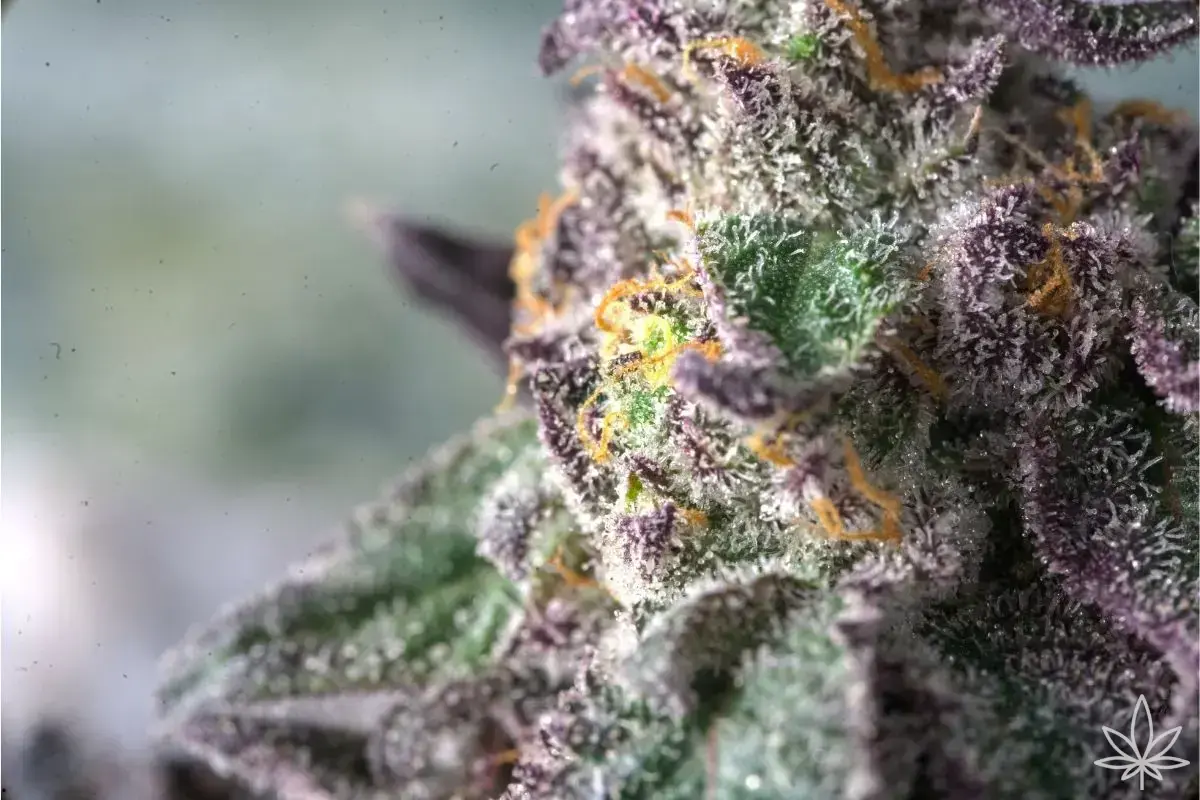The seed market is swollen with names and promises, but the essence of the choice usually boils down to one question: autoflowers or photoperiods? It sounds technical, yet the decision has very practical consequences: how long the grow will take, how predictable the harvest will be, how much flexibility you gain indoors, and how you’ll cope with the weather outdoors. Below you’ll find the essence of the differences—without marketing noise, but with a touch of human experience.
Where did “autoflowers” come from in the first place?
Autoflowers are hybrids that use traits of Cannabis ruderalis—a wild, low-growing type from northern latitudes. There, summers are short and days are long, so the plant “learned” to flower by age, not by day length. Breeders crossed ruderalis with indica/sativa varieties prized for potency and aroma. The result: a plant that initiates flowering on its own after a few weeks of growth, regardless of the photoperiod.
Photoperiods are the classic type: they grow vegetatively as long as you give them a “long day” (usually 18/6 indoors), and switch to flowering only with a shorter day (typically 12/12 indoors, or naturally shortening days toward late summer outdoors).
The differences in three sentences
- Autoflowers: fast (about 9–12 weeks “from seed to jar”), compact, and they initiate flowering on their own; they forgive serious early mistakes less, because you can’t “hold” them in veg.
- Photoperiods: full control over size and timing; usually higher yield ceiling and better training potential, but a longer cycle and the requirement to change photoperiod.
- Outdoors: autoflowers outrun autumn drizzle; photoperiods make the most of long, warm seasons and good soil—if you’re lucky to have it.
Quick comparison table
| Feature | Autoflowers | Photoperiods |
|---|---|---|
| Flowering trigger | By age (automatic) | After day length is shortened (12/12 or autumn) |
| Cycle length | ~9–12 weeks total | Usually 14–20+ weeks (VEG + FLOWER) |
| Size control | Limited (the clock is ticking) | High (veg length is up to you) |
| Yield/potential | Good, stable; lower absolute ceiling | Higher ceiling for yield and quality |
| Training | Gentle LST, be cautious with topping | Full toolkit (LST, topping, ScrOG) |
| Cloning | Not worthwhile (clone “inherits” age) | Industry standard |
| Indoors – power use | Often 18–20 h light the whole cycle | VEG 18/6, FLOWER 12/12 |
| Outdoors in PL/DE climate | 2–3 harvests per season possible | 1 harvest; risk from autumn rain/cold |
| For beginners | Very good when speed matters | Very good when you want to learn control |
Indoors: what, where, and why?
Autoflowers indoors
- Simple calendar: steady 18/6 or 20/4 from start to finish. No “switching.”
- Smaller plants: good for micro set-ups, cupboards, 40–60 cm deep tents.
- Sensitivity to mistakes in weeks 1–3: stress in veg boomerangs in flower, because you can’t extend veg to “make up” for it.
- Energy cost: a longer daily photoperiod (e.g., 20/4) can be costlier than 12/12 in photoperiod flowering—though the whole cycle is shorter. The bill often comes out similar if lamp wattage is sensibly matched to the footprint.
When to choose autos indoors?
When you want it fast and discreet, have little space, and harvest rotation matters more than the maximum per-plant yield.
Photoperiods indoors
- Full control: keep veg as long as it takes to fill the net (ScrOG) or the pots; only then switch to 12/12.
- Training without nerves: topping, FIM, HST—you can deliberately shape height and form.
- Higher quality ceiling: easier to refine flowers because you control growth tempo and have time.
- Flexibility: one “mother” gives you clones and repeatable stock—something autos basically don’t offer.
When to choose photoperiods indoors?
When you aim for a premium result, want to play with training, think about clones, or want a steady, repeatable genotype.
Outdoors: European climate—about timing and rain
Europe is a mosaic of microclimates. Roughly:
- Atlantic (Benelux, northern France, UK): humid summers. Autoflowers let you harvest before autumn humidity.
- Continental (Poland, Germany, Czechia): fickle spring, often wet autumn. Autoflowers: May–July and July–September; photoperiods: veg from late spring, harvest often in October—mold risk rises.
- Mediterranean (Spain, Italy, Greece): long season and plenty of sun; photoperiods spread their wings, but autoflowers enable two–three harvests a year, dodging peak heat.
- Mountains: night temps dip even in summer; autoflowers “wrap things up” faster, before the weather throws a tantrum.
Outdoor in short
- Want to catch the weather window and avoid October rains? Autoflowers.
- Have a long, warm season and a good spot? Photoperiods repay you with mass and aroma.
“Which are stronger?” and other common questions
- Potency (THC/CBD): top photoperiods still have a slightly higher “glass ceiling,” but today’s autos are no longer the compromise they were a decade ago. Differences mostly come down to specific genetics.
- Flavor and terpenes: photoperiods give you more room to control climate and ripening—helpful to “push” the profile. Good autos aren’t far behind.
- How heavy is the yield? Per plant, photoperiods usually win (they can grow bigger). Per month and per square meter, autos can compete thanks to short cycles and rotation.
- Clones and mother plants: the realm of photoperiods. You can clone autos in theory, but the clone has the same physiological age as the mother, so the veg window is tiny—practically not worthwhile.
Typical grower profiles—who suits what
- First-timer with little space: auto. Simple, fast, fewer variables to babysit.
- Perfectionist who likes a plan: photoperiod. Training, netting, photoperiod on point—you’ll be happy.
- Outdoors in Poland/Germany: an auto in spring and a second run in summer to escape autumn.
- “I want repeatability”: photoperiod + clones, steady line, predictability.
- Stealth & micro-grows: autos, because of low profile and short time on-site.
Cloning, mother plants, and genetic repeatability
Cloning is the simplest route to repeatable results: you take a cutting from a mother (that one plant that “performs best”), root it, and you get a genetic copy. This works great with photoperiods, because you can keep a mother in vegetative phase for as long as you want—18/6 and she grows without flowering. That way you produce clones when you truly need them, and the whole batch maintains the same effect, flavor, and structure.
With autoflowers, that magic doesn’t translate. Even if you take a clone, it inherits the mother’s physiological age. In other words: the clone’s vegetative window is short or nonexistent—the plant will “kick” into flowering by age anyway. Maintaining an “auto mother” makes no sense: autoflowers are not suitable as mother plants. If you plan your own steady “genetic bank” and regular runs, photoperiods are the natural choice.
Quick genotype recommendations by scenario (practical cheat sheet)
- Micro-tent 40×40 / 60×60 cm, low ceiling
– Autoflowers: compact, fast; one cycle ≈ 10 weeks.
– “Fast” photoperiods (accelerated lines) for the impatient; short veg + quick flower. - North-facing / semi-shaded balcony (PL/DE)
– Autoflowers: 2 runs (May–July, July–September), lower mold risk.
– Ensure airflow and light pots (10–15 L). - South-facing balcony / sunny terrace
– Photoperiods: exploit the sun for bigger plants and aroma.
– Autoflowers as a quick “pre-harvest” before heat waves. - Continental outdoor (Poland, Germany, Czechia)
– Autoflowers: the season’s safety anchor (harvest before autumn).
– Photoperiods: select for mold resistance + a spot with morning sun (faster drying). - Mediterranean
– Photoperiods: full potential in a long season.
– Autoflowers: two–three cycles outside peak heat (spring and late summer). - Maximum repeatability / dialing in “your” profile
– Photoperiods + mothers + clones: control over size, timing, and quality. - Stealth and speed
– Autoflowers: low profile, short stay in one location, simple photoperiod (18/6 or 20/4).
Indoors: light, power, schedule (without pharmacy math)
- Autoflower: 18/6 or 20/4 for ~10 weeks. Simple. Sometimes more lamp hours than photoperiod flowering, but the shorter cycle “eats” the difference.
- Photoperiod: e.g., 4–8 weeks 18/6 (VEG), then 8–10 weeks 12/12 (FLOWER). Fewer lamp hours in flower = potentially lower power bill in that phase.
- Lamp output: regardless of choice, the biggest differences come from matching PPFD to footprint—often more important than the seed type itself.
Mistakes everyone makes (and it’s better to know them early)
- “An auto is maintenance-free.” It isn’t. In the first 2–3 weeks, anything you do wrong will show up in flower.
- Too aggressive training on an auto: topping at the wrong moment can cost half the potential. Gentle LST wins.
- Vegging photoperiods too long in a small tent: ends in a green wall and a humidity fight.
- Planning outdoor without thinking about rain timing: autumn molds have no sense of humor.
How to choose… in 30 seconds
- Little space and want it fast? Autoflower.
- Want control, clones, and jar records? Photoperiod.
- Outdoors in northern/central Europe? Autoflower (or two runs).
- Mediterranean season and patience? Photoperiod.
Summary (no spin)
- Autoflowers exist to simplify time and logistics: quick rotation, low profile, resilience to weather mood swings thanks to short windows.
- Photoperiods give control and a higher quality ceiling—if you have the space, time, and a taste for a bit of “gardening engineering.”
- “Better” doesn’t mean the same thing for everyone. Look first at your conditions and goal, then at the label.

